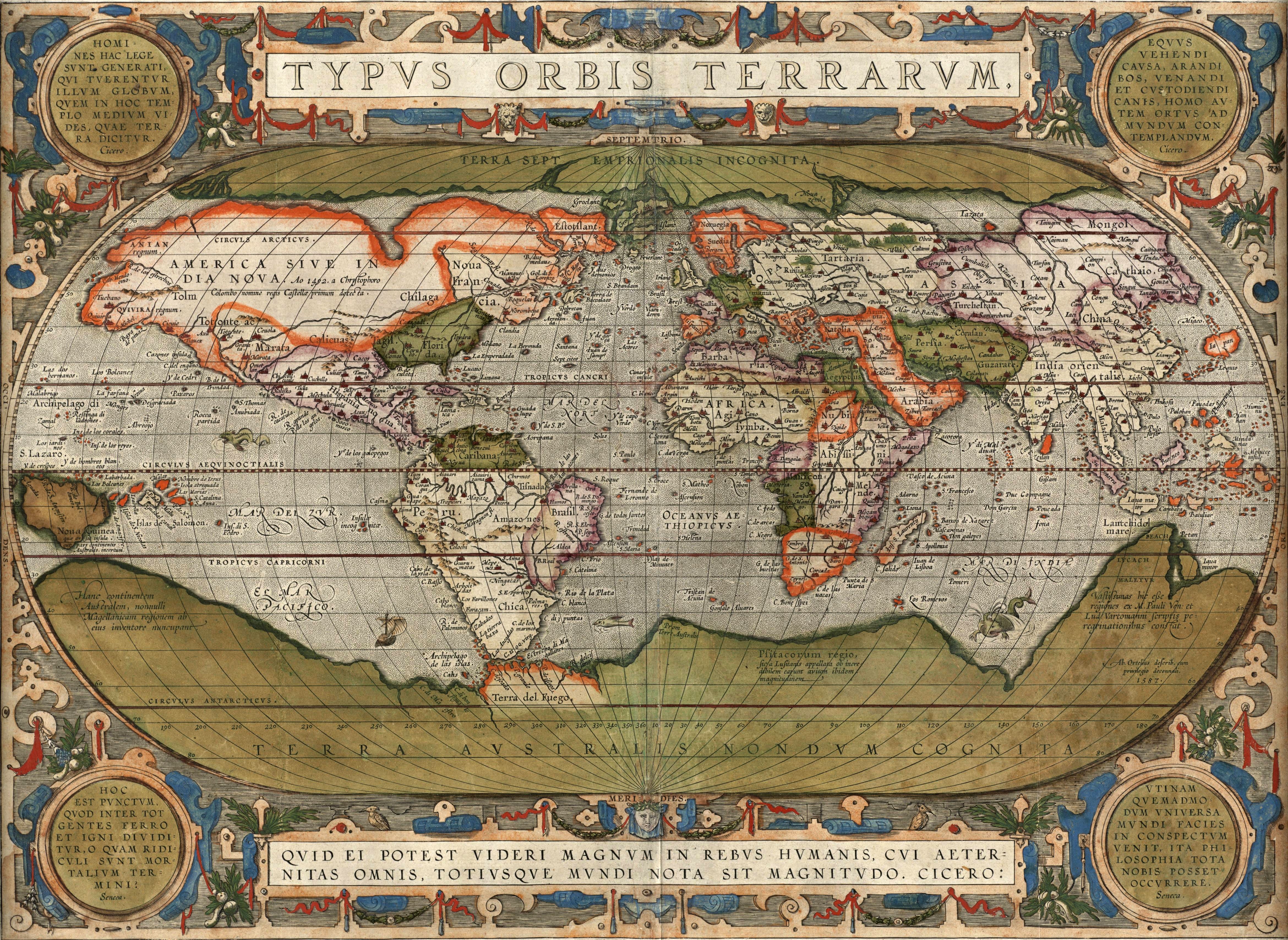


One of the earliest big supercontinents, called Rodinia. With clues left behind in rocks and fossils, geoscientists can reconstruct the past history of Earth's continents. As the continents jostle around the Earth, they occasionally come together to form giant supercontinents, a single landmass. Transform margins mark slip-sliding plates, such as California's San Andreas Fault, where the North America and Pacific plates grind past each other with a mostly horizontal motion. The others are divergent and transform margins.Īt a divergent margin, two plates are spreading apart, as at seafloor-spreading ridges or continental rift zones such as the East Africa Rift. Subduction zones, or convergent margins, are one of the three types of plate boundaries. Many spectacular volcanoes are found along subduction zones, such as the "Ring of Fire" that surrounds the Pacific Ocean. The cold, sinking plate pulls the crust behind it downward. At subduction zones, two tectonic plates meet and one slides beneath the other back into the mantle, the layer underneath the crust. Hot magma wells up at the ridges, forming new ocean crust and shoving the plates apart. Mid-ocean ridges are gaps between tectonic plates that mantle the Earth like seams on a baseball. Scientists continue to study and debate the mechanisms that move the plates. The convection drive plates tectonics through a combination of pushing and spreading apart at mid-ocean ridges and pulling and sinking downward at subduction zones, researchers think. "It's kind of like a pot boiling on a stove," Van der Elst said. Hot material near the Earth's core rises, and colder mantle rock sinks. The driving force behind plate tectonics is convection in the mantle. Plate tectonics is the unifying theory of geology, said Nicholas van der Elst, a seismologist at Columbia University's Lamont-Doherty Earth Observatory in Palisades, New York. Wegener didn't have an explanation for how continents could move around the planet, but researchers do now. This strong outer layer is called the lithosphere.ĭeveloped from the 1950s through the 1970s, plate tectonics is the modern version of continental drift, a theory first proposed by scientist Alfred Wegener in 1912. The plates act like a hard and rigid shell compared to Earth's mantle. Plate tectonics is the theory that Earth's outer shell is divided into several plates that glide over the mantle, the rocky inner layer above the core. From the deepest ocean trench to the tallest mountain, plate tectonics explains the features and movement of Earth's surface in the present and the past.

by earthquakes and floods" and went on to say: "The vestiges of the rupture reveal themselves, if someone brings forward a map of the world and considers carefully the coasts of the three. suggested that the Americas were "torn away from Europe and Africa. Kious described Ortelius' thoughts in this way: Abraham Ortelius in his work Thesaurus Geographicus. Abraham Ortelius (Ortelius 1596), Theodor Christoph Lilienthal (1756), Alexander von Humboldt (18), Antonio Snider-Pellegrini (Snider-Pellegrini 1858), and others had noted earlier that the shapes of continents on opposite sides of the Atlantic Ocean (most notably, Africa and South America) seem to fit together. In 1858 Antonio Snider-Pellegrini created two maps demonstrating how America and Africa continents might have once fit together. The idea of continental drift has been subsumed by the theory of plate tectonics, which explains how the continents move.

The concept was independently and more fully developed by Alfred Wegener in 1912, but his theory was rejected by some for lack of a mechanism (though this was supplied later byArthur Holmes) and others because of prior theoretical commitments. Continental drift is the movement of the Earth's continents relative to each other, thus appearing to "drift" across the ocean bed. The speculation that continents might have 'drifted' was first put forward by Abraham Ortelius in 1596.


 0 kommentar(er)
0 kommentar(er)
